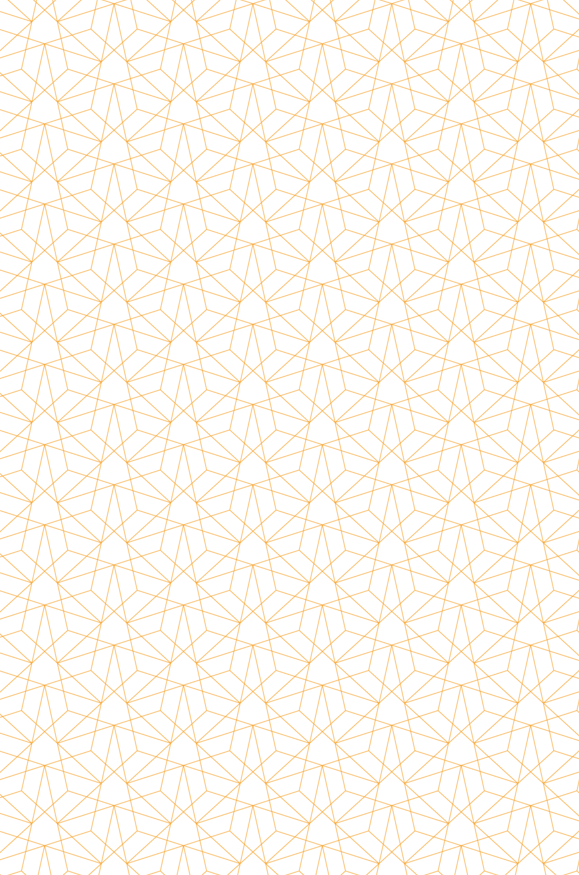From Gallipoli, Kokoda, Tobruk and Long Tan the stories we have told each other about Australians at war are powerful and resonant. They endure in the national mind. And they were, in the main, first told by war correspondents.
There is no permanent archive or exhibition in any Australian institution which does justice to the extraordinary record of this distinguished band of Australians whose contribution to understanding our history goes far beyond their dispatches from the front.
Few other countries can boast news men and women of such renown who have involved themselves in reporting war to the world and have, at the same time, exerted such a singular influence on their own country’s political, cultural and literary traditions.
As journalist and author Phillip Knightley notes, “An amazing thing happened in the second world War, something to this day not properly appreciated by historians, Australian correspondents virtually took over the reporting of the war to the world, they led in every theatre, both in Europe and the Pacific.”
They were in the Bean mould, characterised by their bravery, inquisitiveness and fierce independence. They adopted the dangers of front line troops, were likely to fall foul of military authority because of their independence and often engaged in political discussion at the highest levels either because Prime Ministers sought their counsel or because they gave it regardless.
One only has to mention A.B.(Banjo) Patterson, C.E.W. Bean, George Morrison, Keith Murdoch, George Johnston, Alan Moorehead, Chester Wilmot, Osmar White, Kenneth Slessor, Damien Parer, Lorraine Stumm, Denis Warner, Richard Hughes and Neil Davis to evoke a proud journalistic and literary tradition.
Determined to achieve a greater recognition for the contribution of Australian war correspondents, journalist Tony Walker, who reported recent conflict in the Middle East and former journalist Peter Sekuless, who wrote a book on WW11 correspondents, conceived the idea of setting up a Foundation to honour them.
They have named it the C.E.W. Bean Foundation after the journalist who recorded the ANZAC story with such profound effect that nearly a century on thousands of fresh faced young Australians make their way to the isolated reaches of Gallipoli on the other side of the world each year to experience the ANZAC beginings of 1915 for themselves.
They intend that the resulting Foundation will be both commemorative and functional, including to collect the uncensored versions of these war correspondents’ stories and where possible record their uncensored memoirs.
Such was the impact on the national consciousness of the ANZAC tradition as recorded by Bean and his war correspondent successors that when George Johnston’s My Brother Jack , a book on the ANZAC tradition, was published in our supposedly anti-war period in the 1960s, it resonated instantly with Australian readers.
And, often, they did more than file off dispatches, they raised in their writing and comment enduring questions about war in modern society. They cared about the complex issues of humanity that war tests to the limit and they never forgot how those issues impacted on the ordinary soldier confronted with extraordinary events.
Many were deeply affected as attested by the evocative title of Lorraine Stumm’s biography I Saw Too Much , words spoken to her by George Johnston when both were reporting World War 11 in New Guinea. Stumm’s book was published privately after being rejected for publication by national institutions.


























































































